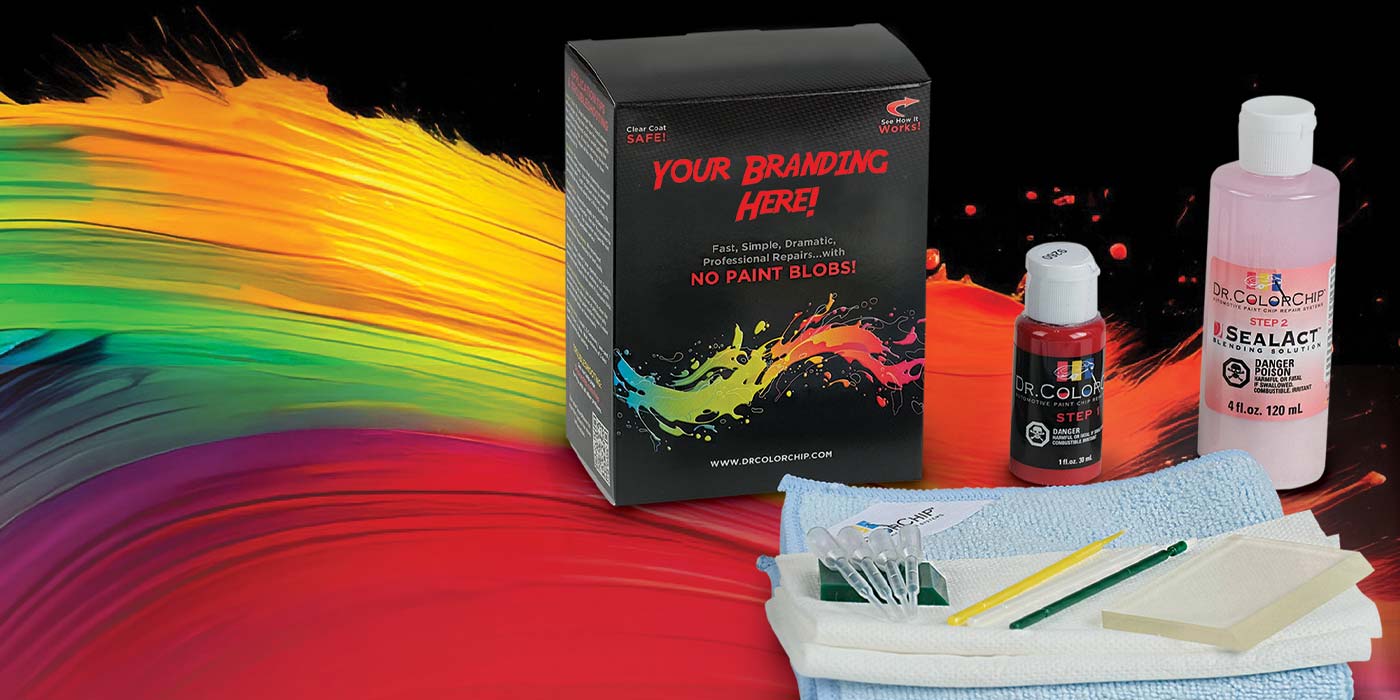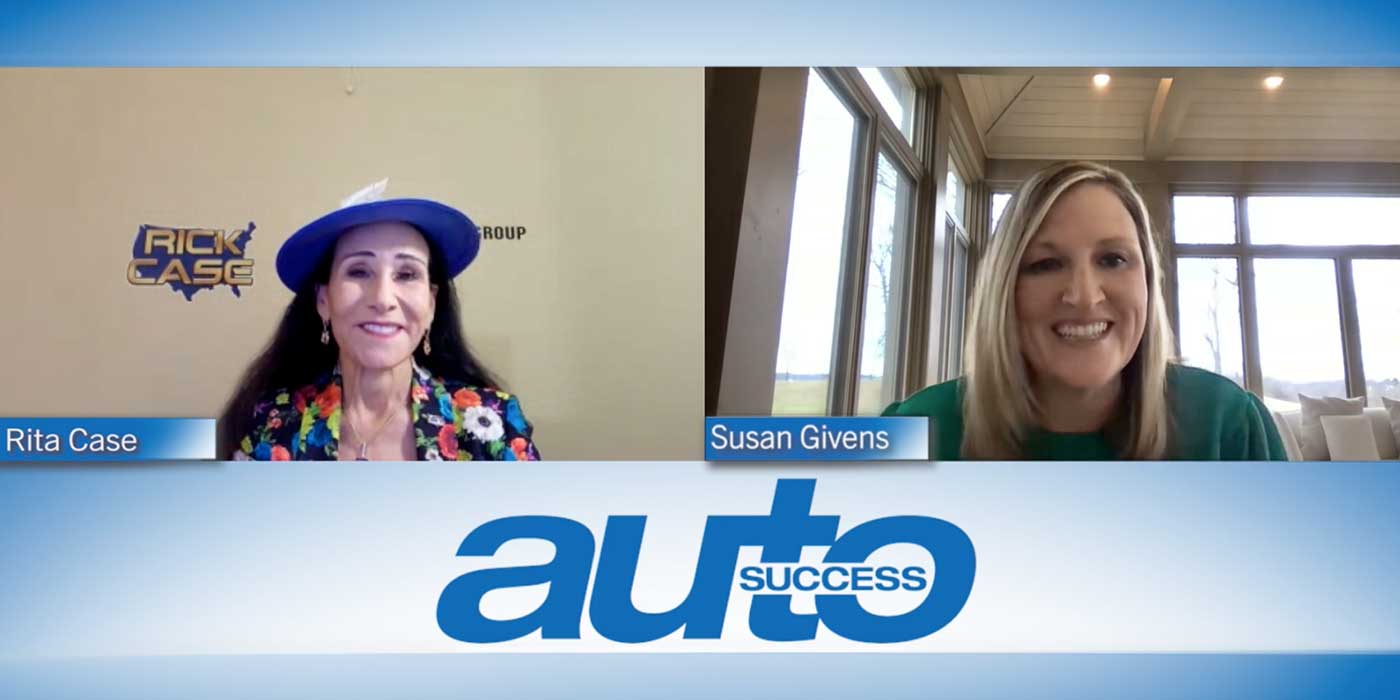Long before my life at ELEAD1ONE, my first form of a CRM wasn’t a clunky disk-driven program or a simple electronic task list. It was a simple yellow square with adhesive — so simple a child could use it, but powerful enough to help me organize my sales tasks for the day when I first entered automotive sales.
No fancy algorithm is a match for the simple canary yellow square of paper with a little hint of adhesive on the back — the Post-it note.
A couple of decades ago as a newbie in automotive sales, the unassuming, yet office-changing invention reminded me to follow up and keep track of my customers. I’m sure my cubicle and my office looked slightly crazed, but there was a sense of order and prioritization among the dozen Post-its lining my desk and walls every day. Post-its were — and still are — my catchall for all the to-dos, factoids to remember and random thoughts that I need to revisit throughout my day.
(I have since graduated to the rectangular hot pink Post-Its; I needed a color that kept my attention.)
Strategically placed next to my phone, my sofa, on my kitchen counter and even my bed, my Post-its are ready for any burst of inspiration, idea, or solution to an ongoing situation. A pen and a Post-it provide the flexibility I need to jot things down quickly before the thought or idea escapes me. Had I realized that 20 years later the Post-it would still be a vital part of my day, I would have bought enough stock to earn a seat on 3M’s board of directors.
So, 21,840 Post-its later, the four reasons why my Post-it plan works for me, no matter what the role, hasn’t changed.
“In Your Face” Task Management — Primarily, Post-its work because they stay in front of my face all the time, every time I sit down at my desk to begin my day. My innate need to complete projects consumes me, and the Post-it practically insists I tackle it. Organized by priority or time urgency, my Post-its can float from group to group, based on other priorities that come up during the day.
The Shorter the Note, The Better — My “task list” is more a list of keywords. The list consists of no more than two words to serve as a mental prompt to a task rather than the step-by-step formula for which to complete it. My fast and flexible system includes notes only pertinent to me and sometimes in a shorthand only I can decipher. Short phrasing leads to a more rapid completion and gets me closer to that overall sense of accomplishment.
The Science Behind Accomplishment — Physiology backs the sensation received from the ritualistic peeling of the Post-it from my desk, the crumpling of it in the palm of my hand and then the overhanded shot toward the trash can. I feel a sense of accomplishment the second my crumpled Post-it hits the bottom of the wastebasket. That dopamine wave rushes through my head, and the more I get to peel, crumple, toss and repeat, the more I’ll feel it.
And neurologists say that’s a good thing, especially with projects that never really seem to conclude. When dopamine flows into our brain’s reward center (it’s the pathway responsible for pleasure, learning and motivation), we not only reap the benefits of the ability for greater concentration to complete more tasks, but we are inspired to re-experience the activity causing the chemical release in the first place.
There’s also that slight sense of relief — the possibility that you will see your desktop or nightstand once again with the completion of each task. From a physiological standpoint, even the most relaxed person exhales a little easier. We all need a way to measure whether we made a difference every day. On the days that the “difference” is hard to spot, looking at my partially filled wastebasket proves differently.
I Stay on Task for My Team — Most importantly for me as a team leader, my system helps me keep my commitments. Even with our best intentions to act upon every need of our team and our customers, we all get busy with personal and professional tasks. We can try, but we often fail at multitasking. Forgetting those items your team asks of you, however, may have the unintended consequence of communicating that their needs to meet their goals aren’t important to you. Don’t let mistrust creep in — if you commit, stick to it.
Don’t get me wrong — cloud-based organizational tools are needed to get a true sense of the effectiveness of our activities in the customer relationship-building process. My Post-it process doesn’t replace technology, especially a great, easy-to-use CRM for broader communication with my team and our clients, and the tracking of my own goals. My system complements it. You can’t improve what you don’t measure. You can’t measure if you don’t enter the outcome of your tasks behind your Post-It or list.
Whatever your system or process, you need simple, powerful tools to help fill in the blanks and capture those great ideas that may never come again. We have all fallen susceptible to forgetting — and that’s not an option in this fast-moving world we live in. When you choose a tool, pick something that makes it easy to capture the tasks you need to accomplish for your clients, your employees and, more importantly, yourself.














